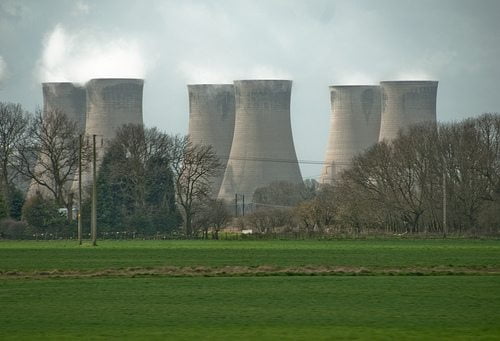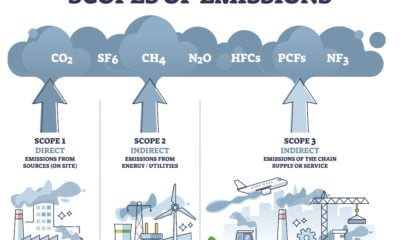

Economy
Report: economic growth and achieving emissions targets possible
A new report has set out ten key economic opportunities that could help close the emissions gap while allowing economies to continue growing. The paper, from the Global Commission on the Economy and the Climate, calls for stronger cooperation between governments, businesses, investors, cities and communities.
The report – Seizing the Global Opportunity: Partnerships for Better Growth and a Better Climate – shows how recent trends in the global economy, such as the falling cost of renewable energy and the growth of carbon pricing, are building momentum for low-carbon development.
Former president of Mexico and chair of the commission, Felipe Calderón said that the report shows that the world can “achieve global prosperity and secure a safe climate together”.
He continued, “The low carbon economy is already emerging. But governments, cities, businesses and investors need to work more closely together to take advantage of recent developments if the opportunities are to be seized. We cannot let these opportunities slip through our fingers.”
The commission calculates that its recommendations could achieve up to 96% of the emissions reductions to 2030 that are needed to limit global temperature rise to 2C. Governments have committed to not crossing the 2C mark and will meet in December in Paris to discuss a climate treaty.
Current pledges made by countries do not go far enough to ensure temperature increase is limited to the internationally agreed level and the UN has urged commitments to be seen as “floors, not ceilings”. The new paper aims to show that raising the pledges is possible and could have economic benefits.
Report director from the New Climate Economy, Michael Jacobs commented, “There is significant room for stronger action that is in countries’ economic self-interest.
“It is therefore vital that the Paris climate agreement sets in motion a regular process for strengthening national commitments, on the way to the long-term goal of reducing emissions to near-zero in the second half of this century.”
The commission’s ten recommendations include scaling up partnerships between cities to drive low-carbon urban development, with investment in public transport, building efficiency and better waste management projected to save around $17 trillion (£11tn) globally by 2050.
It also calls on governments, development banks and the private sector to collaborate to reduce the cost of capital for clean energy, with the global of investing $1 trillion (£650bn) in developed and developing countries by 2030.
Photo: sheffield star via Flickr
Further reading:
Car emissions ‘significantly below’ 2015 target
EU agrees on 40% emissions cut and 27% renewables targets
Europe 2030 emission targets need to go further, says IPCC vice-chair


 Environment10 months ago
Environment10 months agoAre Polymer Banknotes: an Eco-Friendly Trend or a Groundswell?

 Environment11 months ago
Environment11 months agoEco-Friendly Home Improvements: Top 7 Upgrades for 2025

 Features9 months ago
Features9 months agoEco-Friendly Cryptocurrencies: Sustainable Investment Choices

 Features10 months ago
Features10 months agoEco-Friendly Crypto Traders Must Find the Right Exchange






























